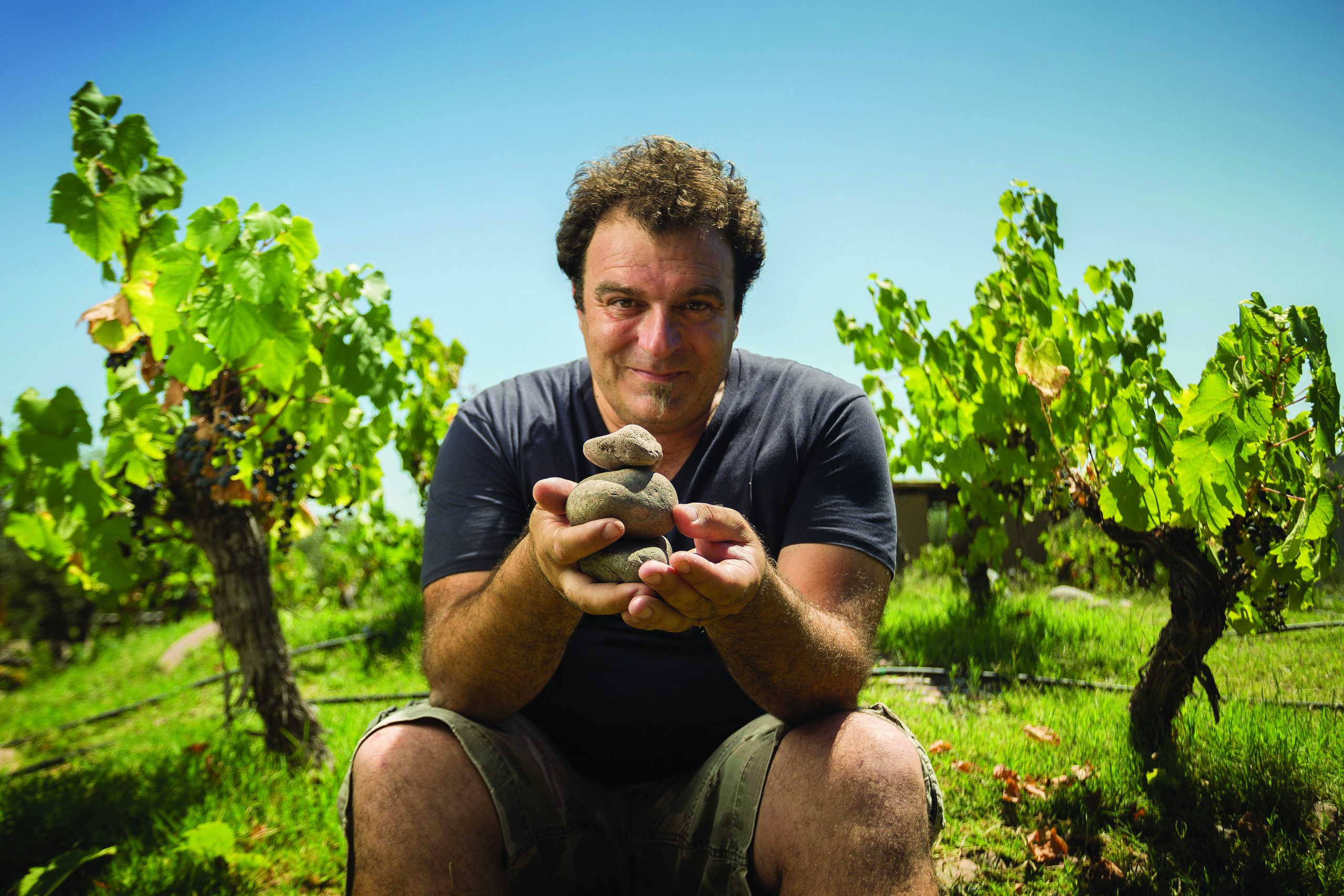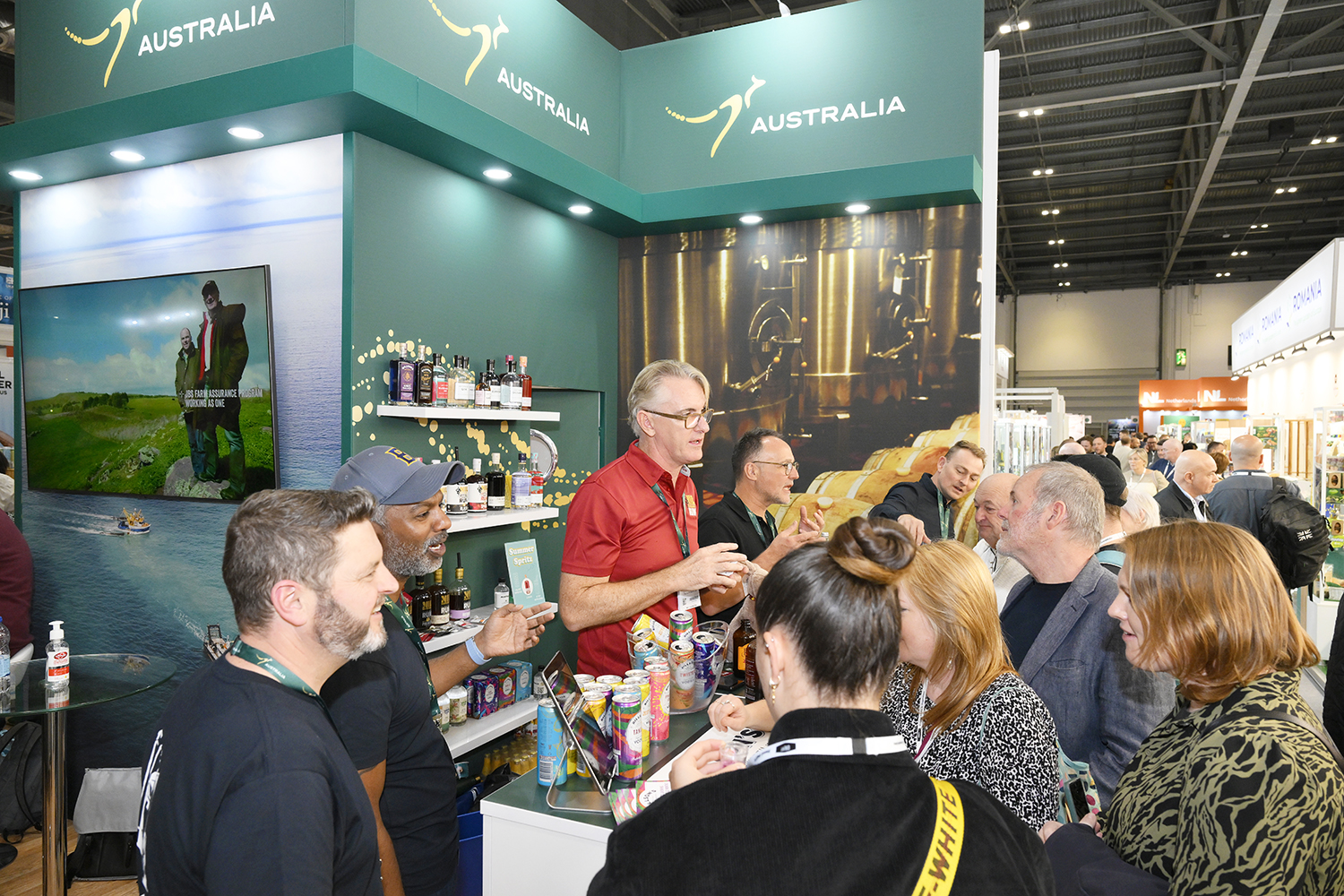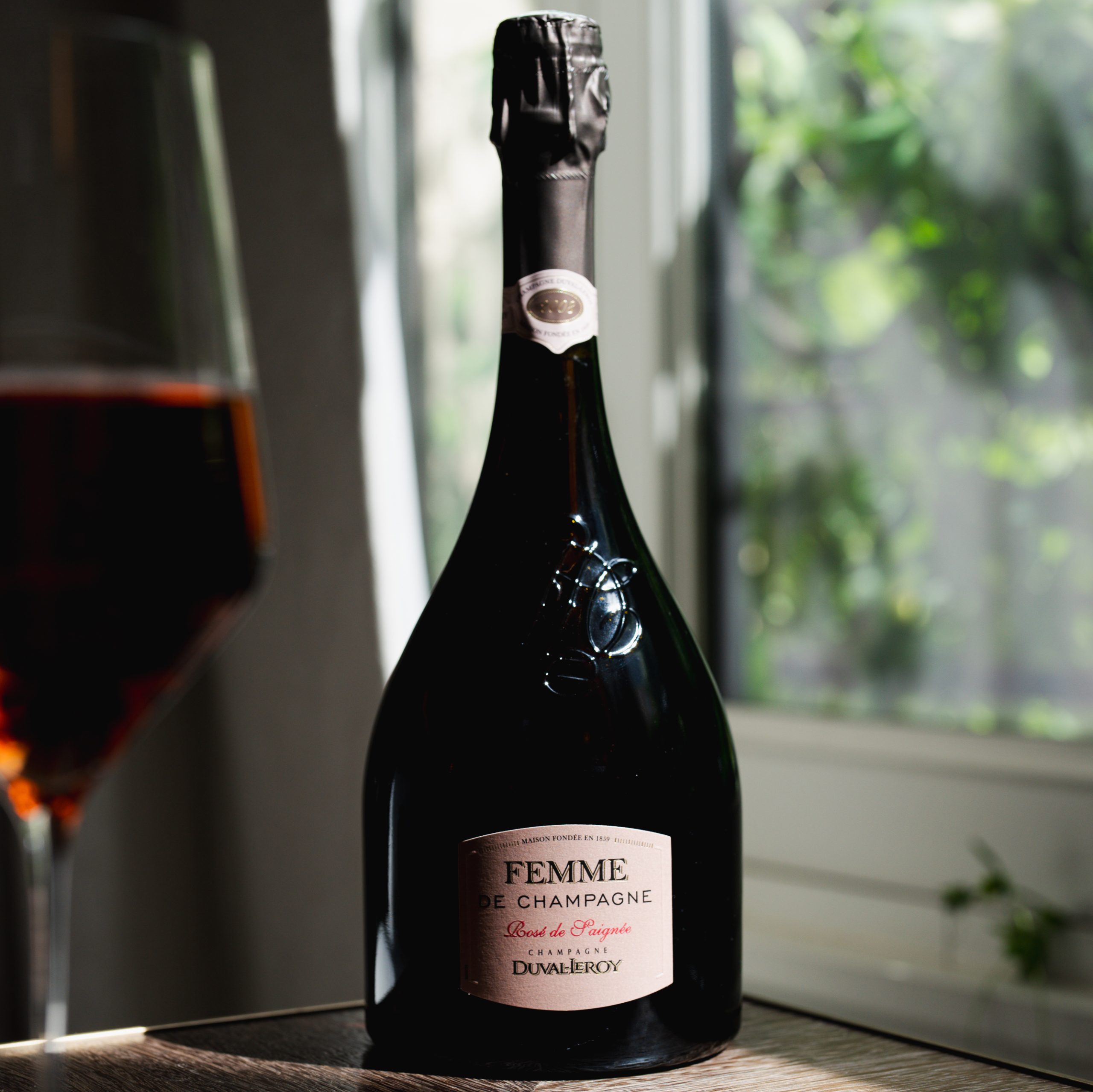This website uses cookies so that we can provide you with the best user experience possible. Cookie information is stored in your browser and performs functions such as recognising you when you return to our website and helping our team to understand which sections of the website you find most interesting and useful.
Fine wine investment: reaping the rewards
By Philip StaveleyOne of the less attractive aspects of investing is referred to by psychologists as “loss-aversion syndrome”. In lay terms, we dislike our losers far more than we like our winners. So let’s make a big noise about enjoying a winner. On 11 November in the drinks business article entitled “What are the odds” we highlighted the value resident in L’Eglise-Clinet 2011. To coin a phrase: “what happened next?”
Well, this is what happened next:
Regrettably, not all of Amphora’s recommendations bear such immediate fruit, but it’s nice to have some in the bank.
A lot of fine wine investors are coming to us now and asking if it is “too late to get involved”, and it is important to give this question due consideration, because it cuts to the heart of what Amphora Portfolio Management is all about. In short, we don’t charge around telling people to invest in fine wine. We ask people to consider it as part of a diversified investment strategy given its outperformance over time, and once investors commit to that decision we help them maximise the return on their exposure.
So, the reply to the question is: it is absolutely not too late to get involved. Why would it be when there is no single homogeneous ‘fine wine price’, when the price of different wines go up and down at different times, and when the resultant market gives rise to such opportunities as it throws up on so regular a basis?
A lot of fine wine investors don’t spend sufficient time getting to know and understand the (relatively straightforward) complexity of the market place. In consequence a lot of people piled into Bordeaux at the peaks in June 2011 and have spent the last few years licking their wounds, complaining about ‘fine wine investment’ when all they did was take a hopeful punt. That is as far from investment as roulette.
At present the market as represented by the Liv-ex 50 (a very narrow index, remember), is pausing for breath. Whether this is because sterling has firmed up a bit or because it deserves a rest at the Bordeaux end is open to debate. Either way, it is a healthy development. Bull markets should not go up in a straight line if they expect any longevity.
Comparing performance against the individual sectors comprising the Liv-ex Fine Wine 1000, this is the reason Bordeaux might need a rest:
The Liv-ex 50 updates daily, the others monthly, hence the slight difference in start and end point.
Notwithstanding this degree of outperformance, we can still find Bordeaux wines of which we advocate purchase, principally because our analysis reveals that they still offer excellent relative value. This week we will highlight three.
Chateau Palmer sits in the Margaux appellation, and has a history befitting its location. In some vintages it produces a wine whose scores and critical appreciation exceed even those of its illustrious neighbour. The 2011 and 2012 vintages are two such, Chateau Margaux achieving 93 and 95 against a pair of 96s for Palmer.
Of the 2011 Parker opines: “One of the superstars of the vintage, this brilliant 2011 possesses superb concentration and purity… A tour de force in winemaking, the Palmer team merits accolades for achieving this level of quality in a more challenging vintage than either 2009 or 2010. The “wine of the vintage” in Margaux…”
Partner Content
Of the 2012: “Château Palmer is one of the vintage’s superstars. Opaque purple, with a gorgeous nose of blueberry, blackberry fruit, licorice, incense and graphite, the wine has a multi-dimensional, skyscraper-like richness, stunningly well-integrated acidity, tannin, wood, and alcohol, a finish of close to 45 seconds and a full-bodied mouthfeel. This is a great wine from Margaux in 2012 and one of the vintage’s most remarkable efforts.”
These chaps, then, make a decent drop, and it is produced in relatively small quantities, on average 8,000-10,000 cases per vintage. Super Seconds typically produce rather closer to 20,000, although the range is quite wide. Palmer’s production level is a bit more like that of a first growth, so it will become scarce somewhat sooner, and this partly explains why it is priced at a level higher than most Super Seconds.
As the chart below illustrates, trading in newer issues can be quite schizophrenic, but of late prices have settled, and simply dropped off to sleep, hence the current opportunity:
These two wines also both score very highly on our algorithm. We recommend acquisition.
At the blue chip end of the market, another wine which shows up very well on the algorithm is Lafite 2010. We all know that this vintage has a troubled past, having been issued at the wrong price. In stockbroking terms, once an IPO is soiled through mis-pricing it can take some considerable time to recover. And Lafite 2010 has indeed taken a good while, matching the decline in the index for the first 18 months of the correction, but underperforming ever since.
Some of the wines from this vintage have shown a bit of a leg in recent months (we have talked in earlier articles of Ausone 2010, Latour 2010, to name but two) but as you can see Lafite still has its tail between its legs:
Furthermore it has fallen back against the index in the last month or so, offering a very good entry point for anyone otherwise concerned about the over-exuberance of Bordeaux.
Unlike more mainstream markets, fine wine is far from being over-analysed, and so there are opportunities wherever you look. Even in Bordeaux. Right now. Despite the rise in the Liv-ex 50 tapering off somewhat in recent days. You’ve got to be in it to win it!
Philip Staveley is head of research at Amphora Portfolio Management. After a career in the City running emerging markets businesses for such investment banks as Merrill Lynch and Deutsche Bank he now heads up the fine wine investment research proposition with Amphora.






If only Amphoras own accounts bore testament to their insight in the fine wine market. Currently showing net worth of negative £303k (negative £22k last year).
Im out (… and it seems so is Philip Stavely above, who resigned his post of Director in April this year.)